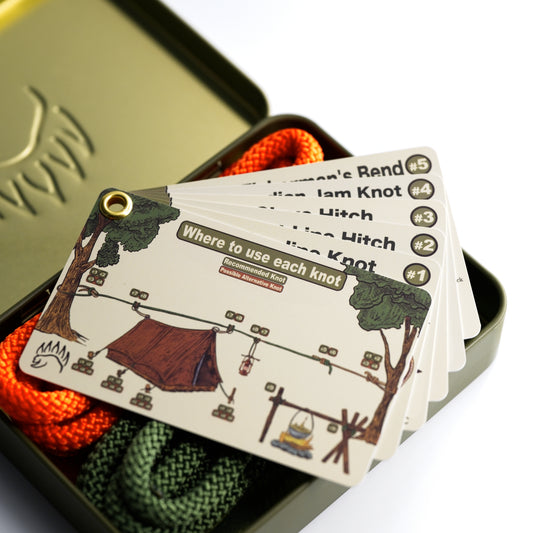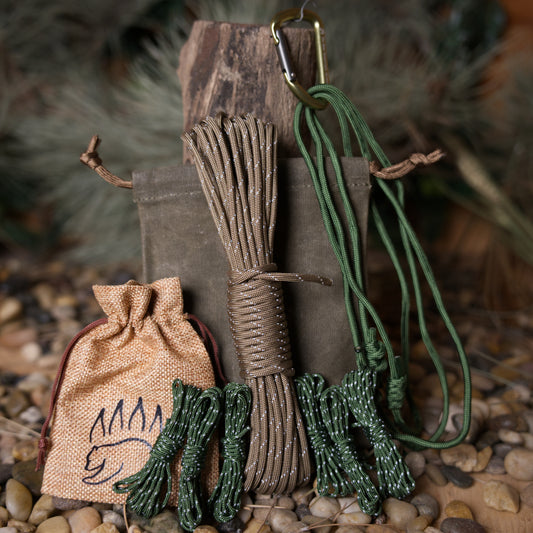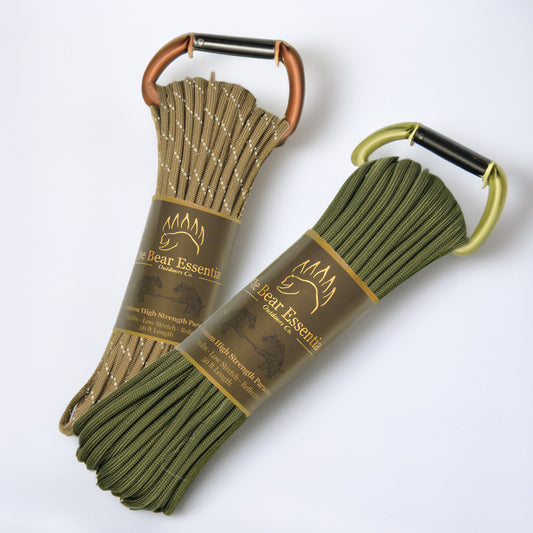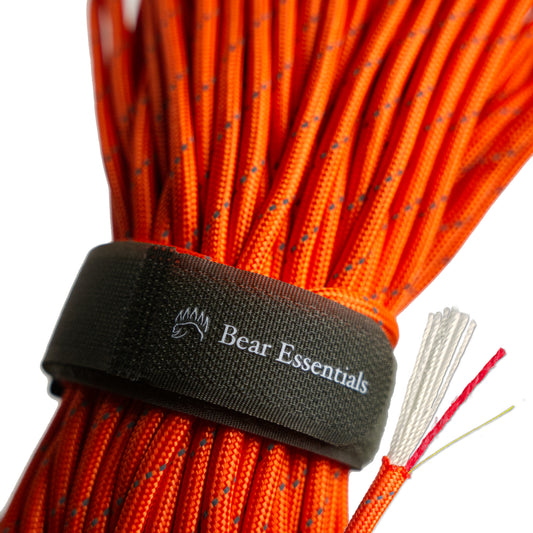How to Tie the Autoblock Knot
Usage
The Autoblock Knot is commonly used as a friction hitch in climbing and rescue operations, providing a backup grip on a rope for safety during rappelling or ascending. It slides smoothly when unloaded and grips effectively under tension, making it a favorite for climbers and rescuers.
Why Learn the Autoblock Knot?
Its reliable friction ensures safe backup in dynamic systems. This knot is a must for climbers and rescuers needing secure control.
Common Uses
-
Climbing:
- Acts as a backup hitch for rappelling or belaying.
- Secures climbers during ascents on fixed ropes.
-
Rescue:
- Provides safety backup in high-angle rope rescue operations.
- Manages rope tension for controlled lowering or hauling.
-
Utility:
- Grips ropes for temporary holds in rigging tasks.
- Secures lines in outdoor or industrial setups.
ABOK Number
(Ashley Book of Knots)
Other Names
Category
|
Notable Features
- Strong grip: Holds firmly under load for safety backup.
- Easy release: Slides smoothly when unloaded, ideal for rappelling.
- Versatile use: Suits climbing, rescue, or utility rope systems.
- Compact design: Creates a low-profile hitch with minimal bulk.
- Quick setup: Ties fast with practice, even in high-stakes settings.
Variations
No true variations listed in the provided data. For added security, you can add an extra wrap, though this may increase bulk and reduce slidability.
Similar Knots
Prusik Knot vs. Autoblock Knot
- Pros: Stronger grip on static ropes, widely used in rescue.
- Cons: Harder to release under load compared to the Autoblock’s smooth slide.
Klemheist Hitch vs. Autoblock Knot
- Pros: Easier to tie with webbing or slings, good for climbing.
- Cons: Less smooth to release and bulkier than the Autoblock.
History
The Autoblock Knot, also known as the Machard Knot, is not listed in The Ashley Book of Knots but emerged in modern climbing and rescue communities, likely in the late 20th century. Named after its developer, Serge Machard, it was designed as a safer, easier-to-release alternative to the Prusik Knot for rappelling and backup systems. Its adoption in climbing and rescue highlights its reliability for dynamic rope management.
Security Level
The Autoblock Knot provides reliable gripping for safety backup when tied with a properly sized cord, holding firm under moderate loads during rappelling or ascending. It performs best with a 4-6mm cord on a compatible main rope. For critical applications, ensure the cord diameter matches the rope and test the grip to prevent slippage.
Downsides
- Cord sensitivity: Requires specific cord size for optimal performance.
- Slipping risk: May slip on slick ropes or with improper wraps.
Structure
- Take a 4-6mm accessory cord and wrap it around the main rope 4-5 times, starting from the top.
- Clip the two ends of the cord together with a carabiner, ensuring the wraps are neat.
- Pull the carabiner to tighten the wraps, forming a compact hitch.
- Attach the carabiner to a harness or anchor point for safety backup.
- Test the hitch by applying weight to confirm it grips the rope securely.
Pro Tip: Use a cord 1-2mm thinner than the main rope for optimal grip and ensure wraps are tight and evenly spaced to prevent slipping.
FAQ
Is the Autoblock Knot strong enough for rappelling?
Yes, as a safety backup with the right cord, but test the grip before use.
What’s the best cord for the Autoblock Knot?
A 4-6mm accessory cord, slightly thinner than the main rope, works best.
How does the Autoblock Knot compare to the Prusik Knot?
The Autoblock is easier to release, while the Prusik grips stronger on static ropes.
Can the Autoblock Knot be used in rescue?
Yes, it’s effective for backup in high-angle rope rescue systems.
Why choose the Autoblock Knot over a Klemheist Hitch?
It’s smoother to release and more compact, though less versatile with slings.
Important Notes on Safety
Common failure points include using an improper cord size or loose wraps, which can cause slipping. Always verify the hitch grips securely before loading and use a compatible cord. Check the cord and rope for wear before tying. Ensure 4-5 tight wraps for adequate friction. Practice in low-stakes settings to master tying and releasing.







